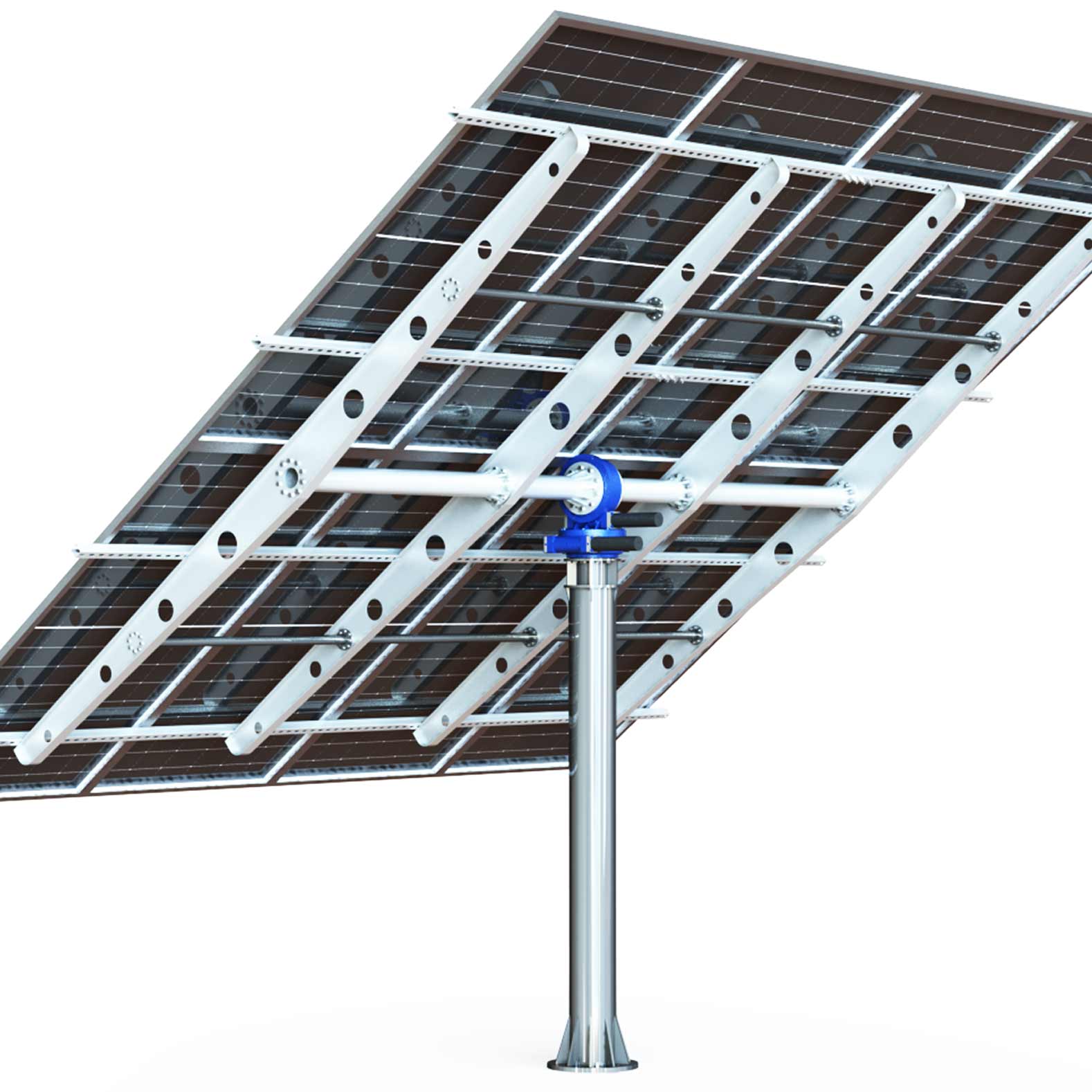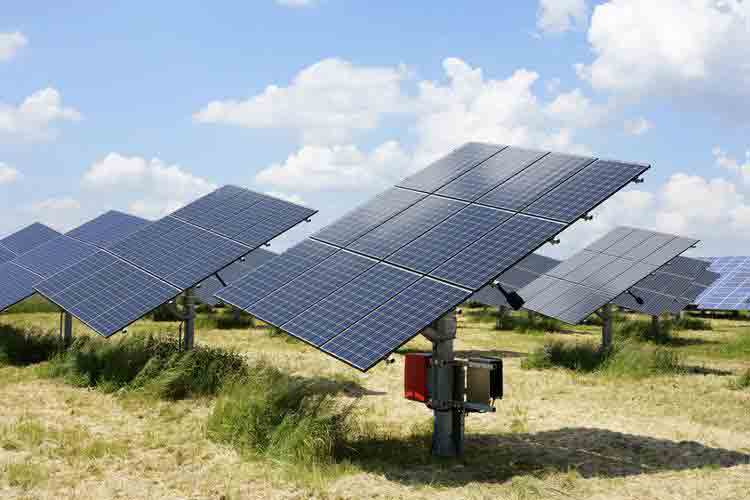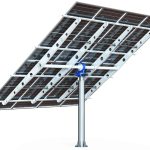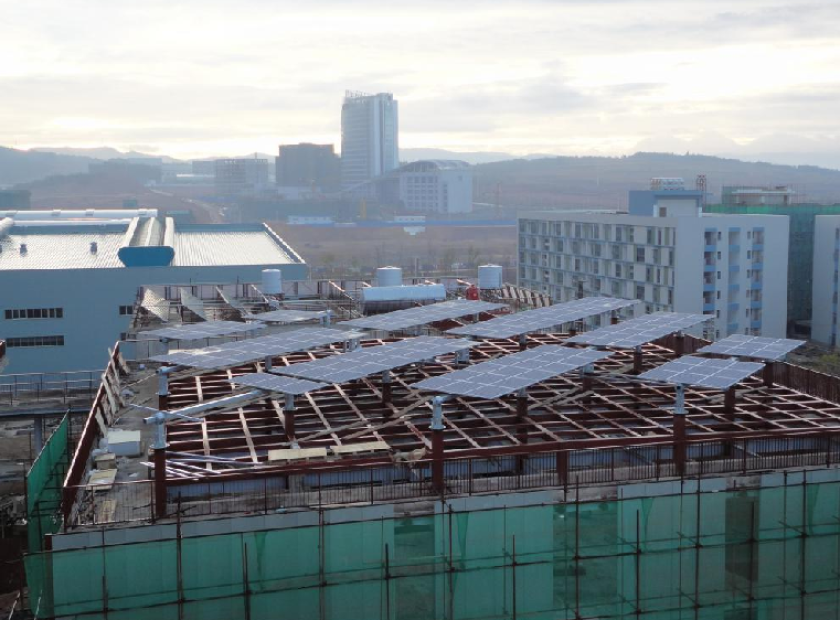
2025年2月18日
The Role of Solar Trackers in CPV Solar Power Generation Introduction
Introduction
Concentrated Photovoltaic (CPV) technology is a promising approach in the field of solar power generation. It has the potential to significantly increase the efficiency of electricity production from the sun. One crucial component that enhances the performance of CPV systems is the solar tracker.
CPV Solar Power Generation
CPV systems use lenses or mirrors to focus a large area of sunlight onto a small, high – efficiency solar cell. This concentration of light allows for the generation of more electricity per unit area of the solar cell compared to traditional flat – plate photovoltaic systems. The solar cells used in CPV are often made of advanced materials such as III – V semiconductors, which have a higher efficiency in converting sunlight to electricity under concentrated light conditions.
For example, in a typical CPV setup, the lenses or mirrors can concentrate sunlight by a factor of hundreds. This means that a much smaller amount of expensive high – efficiency solar cell material is needed to generate the same amount of power as a larger area of a conventional solar panel. The high – efficiency cells in CPV systems can achieve conversion efficiencies of over 40% in some cases, which is a remarkable improvement over the average efficiency of around 15% – 20% for standard photovoltaic panels.
The Application of Solar Trackers in CPV
Solar trackers play a vital role in maximizing the energy output of CPV systems. As the sun moves across the sky during the day, the angle of sunlight changes. A solar tracker is designed to adjust the orientation of the CPV module to keep it aligned with the sun’s rays.
There are different types of solar trackers used in CPV applications. The most common are the single – axis and dual – axis trackers. A single – axis tracker rotates the CPV module around one axis, usually from east to west, to follow the sun’s daily path. A dual – axis tracker, on the other hand, can adjust the module’s position in two axes, allowing for more precise alignment with the sun and capturing sunlight at the optimal angle throughout the day and across different seasons.
By using a solar tracker, a CPV system can receive a more consistent and intense amount of sunlight on its solar cells. This leads to an increase in the overall energy generation of the system. Studies have shown that the use of solar trackers can increase the annual energy production of CPV systems by up to 30% – 40% compared to fixed – mounted CPV systems.
In addition, solar trackers can also help to extend the operating hours of CPV systems. In the early morning and late afternoon, when the sun is at a lower angle, the tracker can adjust the position of the CPV module to still capture a significant amount of sunlight and generate electricity, whereas a fixed – mounted system may not be able to utilize the sunlight as effectively during these times.
Conclusion
The combination of CPV technology and solar trackers offers a powerful solution for efficient solar power generation. As the demand for renewable energy sources continues to grow, the development and application of more advanced solar trackers for CPV systems will play an important role in further improving the performance and cost – effectiveness of solar – based electricity generation.






